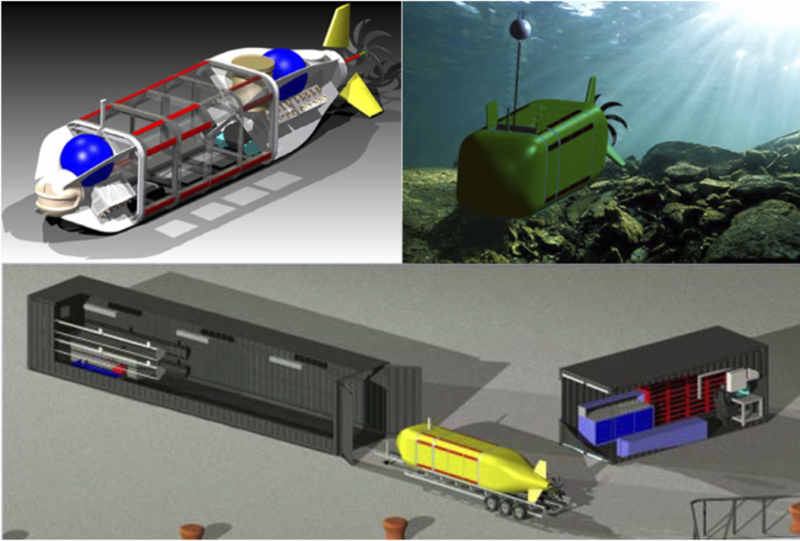Lockheed Martin is exploring building a stealthy successor to
to Northrop Grumman’s
and the U-2’s impending retirement.
Why a stealthy reconnaissance aircraft? Neither the U-2 nor Global Hawk can operate for long in what the military calls contested airspace. Ever since Gary Powers was shot down over the Soviet Union in 1960, the U-2 has been at risk even though it flies at least 70,000 feet high.
The U-2 is already slated for retirement in 2019, to be replaced by the unmanned Global Hawk. If the US wants to operate in contested airspace, will it be able to afford one aircraft that is essentially used in peacetime — Global Hawk — and one for war? The Air Force’s decisions on the U-2 and
that unlikely, at least for a while, So perhaps we would skip forward.
“So one of the things we are looking at is something that essentially could do both,” Scott Winstead, strategic development manager for the U-2 and a former U-2 pilot told a small clutch of reporters. It could be manned or unmanned. It would probably use the existing GE F-118 engine, which produces plenty of power and would not need redesigning, he added. It’s interesting to consider what the airplane would look like, given that it would presumably fly at least at the U-2’s unclassified height of 70,000 feet. How do you make a plane fly at that kind of altitude and still be stealthy?
Of course, if the Air Force says the plane must fly much higher, then it would need a new engine, Winstead said. This new aircraft would not supersede the proposed hypersonic SR-72, because that would still be needed in situations where speed was of the essence.
The U-2, though it might look as if it’s stealthy, isn’t. That’s just black paint, Melani Austin, U-2 program director, told us, though there were experiments done covering the U-2 in Radar Absorbing Materials (RAM).
I got the impression from Winstead that, while Skunk Works definitely has done substantial design work for this aircraft — RQ-X? — this is in the we-could-do-it-if-they-ask-us-to box. He told me there is no requirement for it nor has there been great interest expressed by the Air Force.
Should the Air Force decide it does need this new plane, Skunk Works could deliver it quickly IF the requirement is clear and does not change, Austin told us.
“One of the reasons that it was so easy to get that first (U-2) aircraft built was because we had a real simple, clear requirement, and it didn’t change or shift,” Austin said. “If that environment was reproduced today, and we had a really clear set of requirements that don’t change, that would really help any company get to the end of the development phase quickly and more cost effectively.”
I’m skeptical an RQ-X will happen any time soon, but there may well be things going on that reporters just don’t know.










